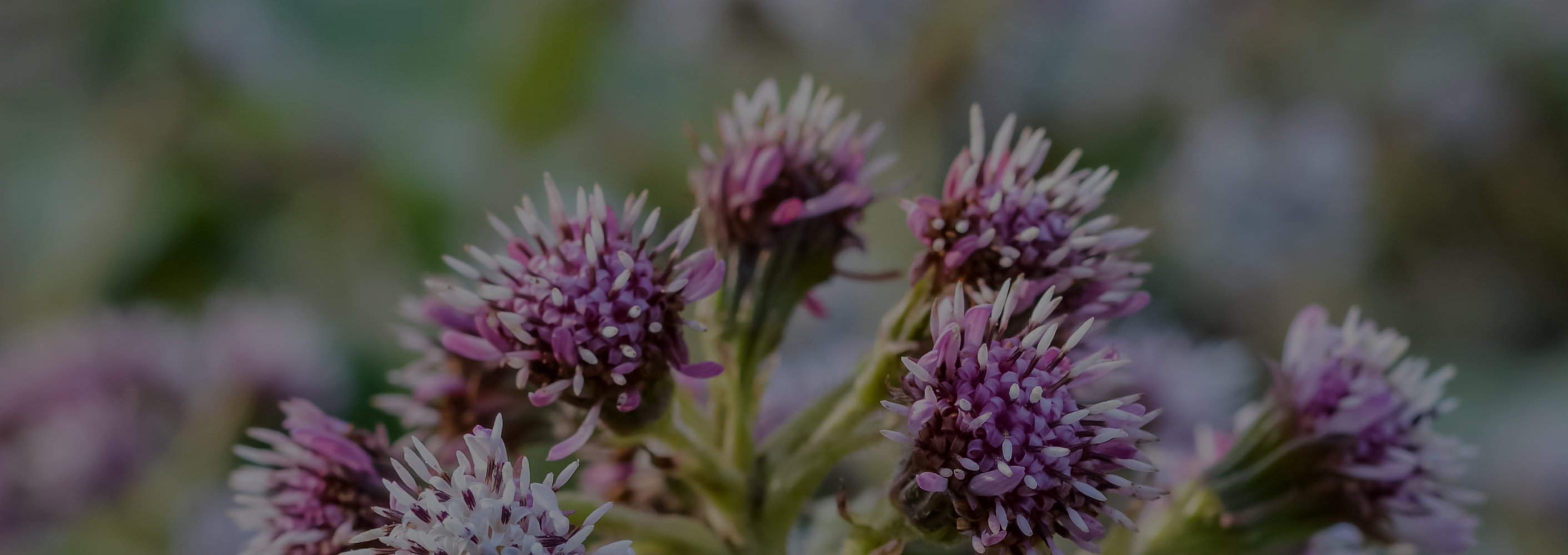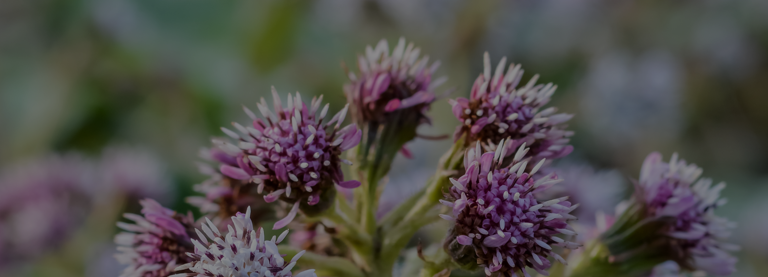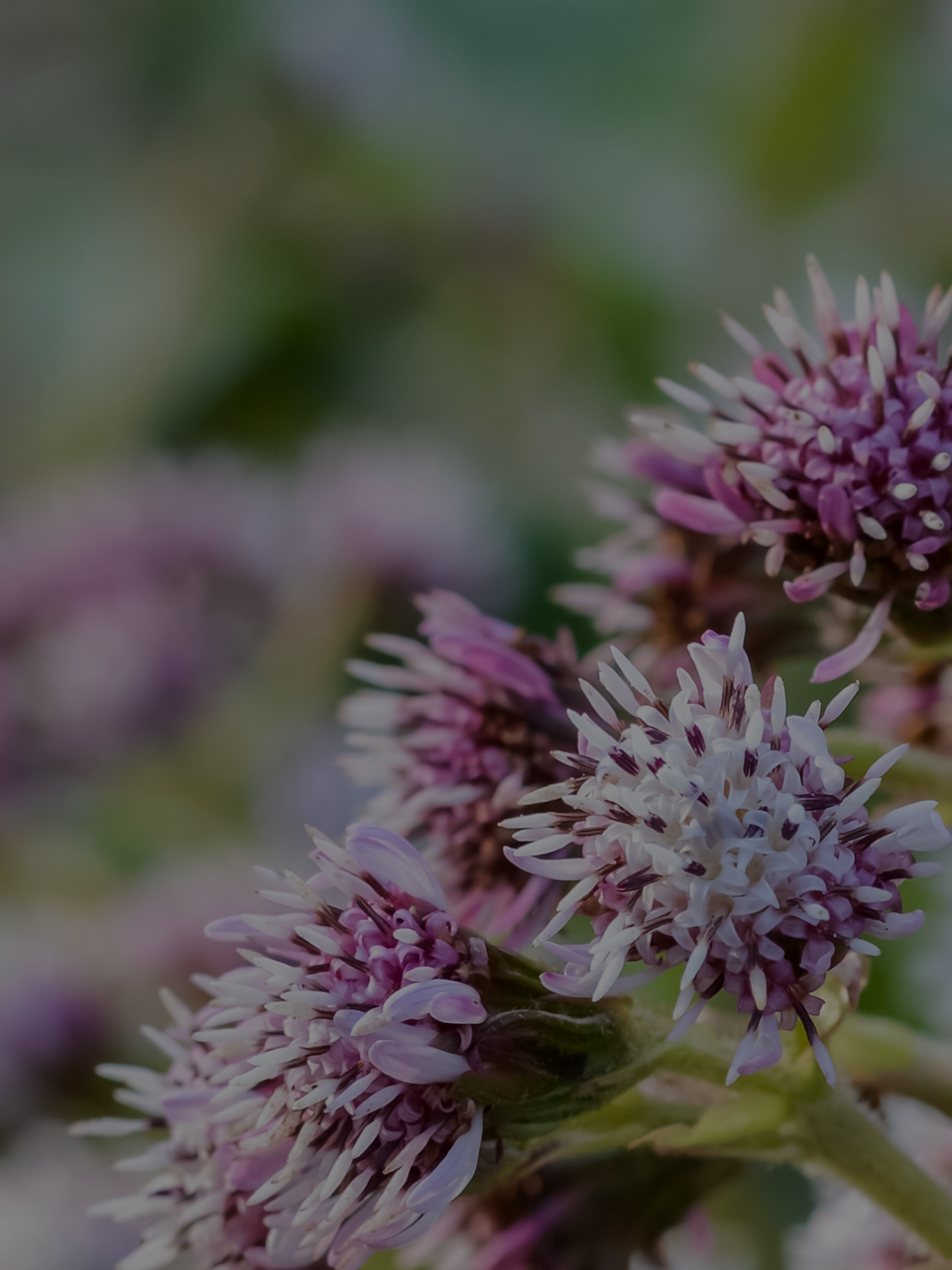If you have migraines, you’ve probably heard about alternative medicine. This refers to treatments that are used instead of traditional, or mainstream, medicine. You might hear them called complementary treatments or integrative or holistic medicine. They include herbs, vitamins and minerals, and mind-body practices.
If mainstream medicine doesn’t work for you or causes side effects you don’t like, you may be tempted to try an alternative treatment. If you do, you won’t be alone. Nearly half of people with migraines or severe headaches have used some kind of alternative or complementary medicine.
But do they work? Studies show some can help prevent or treat migraines. But others can be dangerous or interact with the medicines you take. So before you try one, talk to your doctor.









